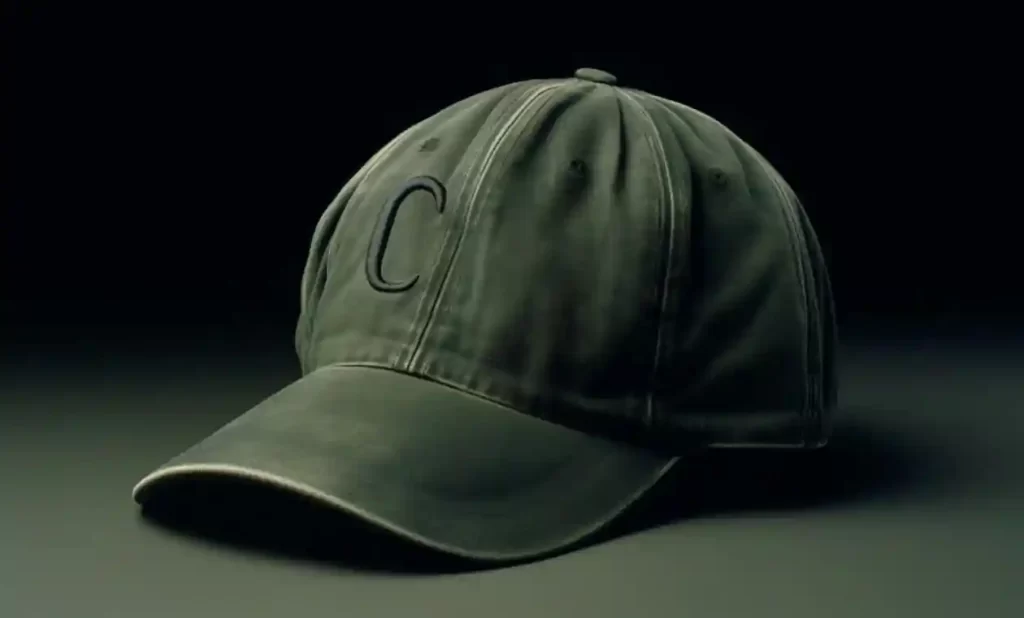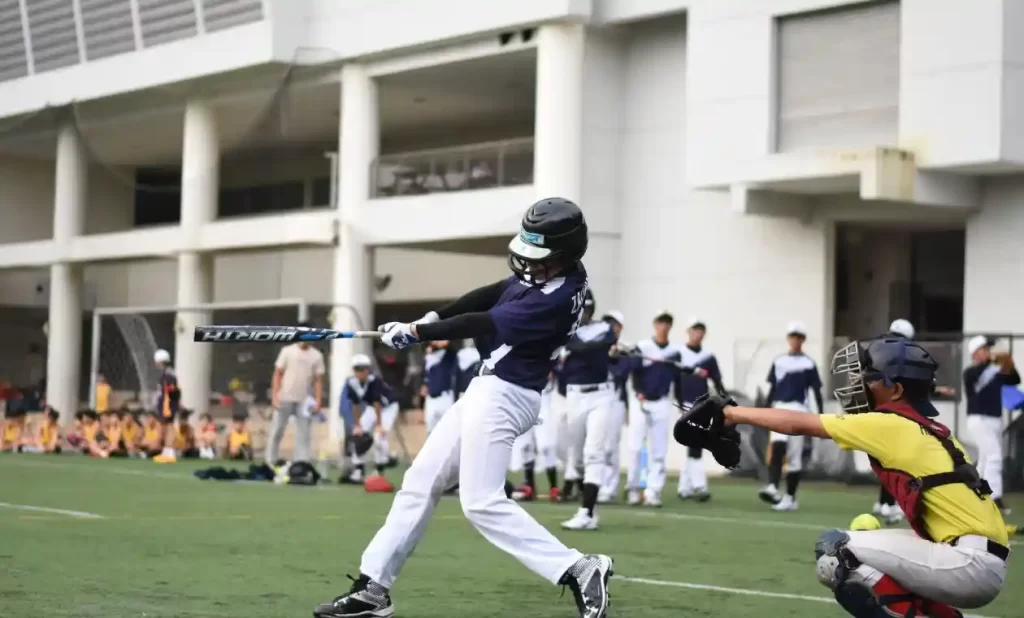
Summer brings with it the cherished tradition of baseball and softball. As the sun shines bright and temperatures rise, many Americans partake in the timeless joy of these sports. Beyond the thrill of watching professional games, the true essence lies in playing—whether it’s a friendly match at the local field or a competitive game at a professional level.
These sports have woven themselves into the fabric of summer pastimes, becoming more than just games; they are experiences that evoke the nostalgia of hot dogs, cheers from the stands, and the satisfying crack of a bat hitting the ball. In this blog, we delve into the unique world of baseball and softball, exploring the nuances that make them beloved summer activities for millions.
Also Read: How to Throw a Knuckleball
Origin of Softball
The roots of softball trace back to a distinctive moment in American history. On Thanksgiving Day in 1887, George Hancock and his friends gathered for a unique indoor baseball experience. Fueled by the desire to adapt the game for indoor play, Hancock ingeniously replaced the baseball with a modified version—a boxing glove bound into a ball. Little did they know that this makeshift adaptation would evolve into a new sport, aptly named softball.
The transition from indoor baseball to softball marked a pivotal moment, shaping the sport into the enjoyable outdoor activity we recognize today. The initial safety considerations led to the use of a larger, softer ball, a key characteristic distinguishing softball from its baseball counterpart. This inventive journey paved the way for the development of a distinct sport that has captured the hearts of players and enthusiasts alike.
Key Differences Between Baseball and Softball
Size of Field
Understanding the nuances between baseball and softball is crucial to fully appreciate these sports. The most apparent distinctions lie in the size of the field and the distance between bases. Baseball fields boast larger dimensions, with bases positioned 90 feet apart, compared to the more compact 60 feet in softball. This variance contributes to the unique dynamics of each game.
Pitching Style
Pitching styles stand out as another stark contrast. Baseball pitchers employ an overhand delivery from a raised mound, showcasing powerful throws often exceeding 90 mph. On the other hand, softball pitchers opt for an underhand motion, delivering pitches from a flat mound situated 43 feet away. This difference not only impacts the speed of the game but also introduces a wider array of pitch types in softball.
Equipment Variations
Equipment further sets these sports apart. Softballs, being larger and less dense than baseballs, create distinct playing experiences. Additionally, bat materials and dimensions differ—baseball bats can reach up to 42 inches in length, while softball bats max out at 34 inches. The varied equipment contributes to the unique strategies employed by players in each sport.
Game Length
Game length is a fundamental difference. Softball games typically consist of seven innings, emphasizing a faster-paced experience. In contrast, baseball games extend to nine innings, allowing for a more relaxed and strategic approach to the game. Understanding these key disparities enhances our appreciation for the diversity within the world of bat-and-ball sports.
Additional Distinctions
As we delve deeper into the world of baseball and softball, additional nuances emerge, further highlighting the distinct character of each sport.
Field Dimensions
Field dimensions play a pivotal role. Baseball fields, with their expansive size, demand more ground coverage for fielders. In contrast, softball fields, being more compact, create an environment where players must swiftly maneuver to navigate the smaller distances between bases.
Number of Players
The number of players on the field is another aspect that sets the two sports apart. In both baseball and fastpitch softball, there are nine players on the field at all times. However, slow pitch softball introduces a subtle difference by having ten players on the field. This additional player, often a fourth outfielder, alters defensive strategies in slow pitch games.
Hitting Style
A unique hitting style, known as slap hitting, is a distinctive feature of softball. While baseball rarely sees this technique, it is a common and strategic approach in softball, especially for agile lead-off hitters. Slap hitters focus on hitting the ball hard on the ground, utilizing their speed to reach base and potentially steal second or third.
Game Duration
Game duration contributes to the varied pace of these sports. Softball games, played to seven innings, unfold swiftly, accompanied by energetic chanting and cheering. In contrast, the nine innings of a baseball game offer a more prolonged and leisurely experience, creating a different atmosphere in the stands.
Size of Balls
The size of the ball is another noteworthy difference. Softballs, with a circumference ranging from eight to twelve inches, surpass the size of baseballs, which typically have a nine-inch circumference. This divergence affects the throwing speed and batted ball speed, influencing the dynamics of the game.
Understanding these additional distinctions enriches our comprehension of the intricacies that make baseball and softball two unique and captivating sports.
Also Visit: Baseball Shading Coloring Pages for Kids
Professional Leagues and Evolution
Both baseball and softball have evolved beyond casual summer pastimes to become organized sports with professional leagues. These leagues showcase the highest level of skill and competition, adding an extra layer of excitement for enthusiasts.
In the realm of softball, the National Pro Fastpitch (NPF) league stands as the pinnacle. Professional softball players compete at a high level, bringing their skills to the forefront. The NPF has become a platform for elite players to showcase their talent and passion for the sport.
On the other side of the spectrum, baseball boasts the renowned Major League Baseball (MLB). MLB is the epitome of professional baseball, featuring teams that compete
across a rigorous season, leading up to the pinnacle of the World Series. The MLB has a rich history, with legendary players and iconic moments engraving baseball in the hearts of fans worldwide.
While both sports share the professional league stage, each has its unique aspects. In professional softball, the emphasis on fastpitch adds an additional layer of strategy and skill. The pace of the game, combined with the distinct pitching style, sets the NPF apart as a dynamic and engaging league.
Conversely, MLB’s legacy is deeply rooted in the tradition of nine-inning games, allowing for a strategic, more leisurely approach. The intricacies of baseball strategy, combined with the power-packed performances of elite players, contribute to the MLB’s enduring popularity.
The evolution of these sports into professional leagues not only elevates the competition but also provides a platform for players to inspire and capture the imagination of fans. Whether it’s the crack of the bat in MLB or the lightning-fast pitches in NPF, both leagues contribute to the tapestry of baseball and softball, making them integral parts of the sports landscape.
Also Read: How to Throw a Curveball
In Crux
In conclusion, the distinctions between baseball and softball, from field dimensions to pitching styles and game lengths, paint a vivid picture of two unique sports that have stood the test of time. The journey from George Hancock’s improvised indoor baseball game to the professional leagues of today showcases the resilience and adaptability of these beloved activities.
As we unravel the intricate details that set baseball and softball apart, it becomes evident that each sport has its charm and allure. The crack of the bat in a baseball game resonates differently than the lightning-fast pitches of a softball match. The smaller, agile plays in softball and the strategic, leisurely pace of baseball offer diverse experiences for players and fans alike.
While baseball and softball have evolved and developed their own identities, they share a common thread of passion and camaraderie. Whether you find joy in the crack of a wooden bat against a baseball or the strategic plays in a fastpitch softball game, both sports provide unique avenues for players and fans to immerse themselves in the spirit of competition and teamwork.
In the end, the love for baseball and softball transcends their differences. Whether under the sunlit skies of a baseball field or in the energetic atmosphere of a softball diamond, the essence of these sports lies in the joy of the game—a timeless tradition that continues to captivate and unite generations of players and fans.

Meet Daniel Anderson, the heart and soul behind Baseball Pro Picks. At 49, Daniel’s life has revolved around baseball, a passion that’s as strong today as it was when he first fell in love with the game. Living in the USA, Daniel has dedicated countless hours to watching, analyzing, and understanding every pitch, hit, and home run, making almost no game missed. His deep-rooted love for the sport is matched only by his commitment to sharing insightful, expert analysis with fellow baseball enthusiasts. With decades of experience and a keen eye for the game’s nuances, Daniel brings a unique perspective that enriches Baseball Pro Picks. Trust Daniel to guide you through the intricacies of baseball with the authority and trustworthiness of a true aficionado.












